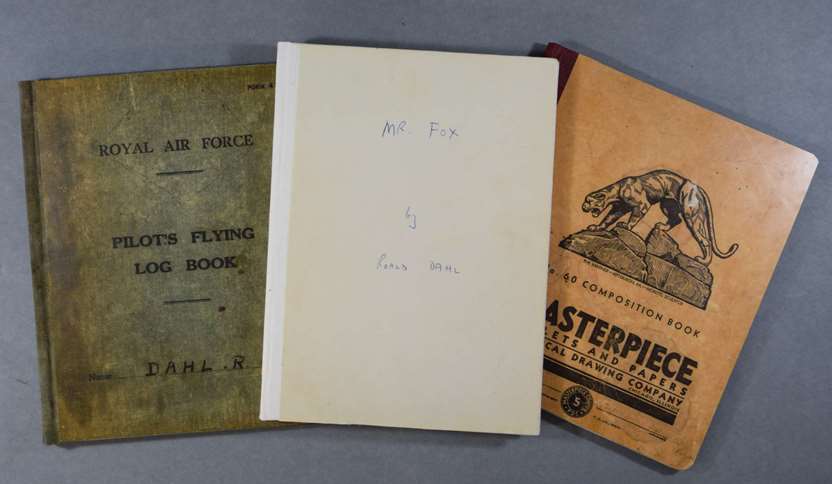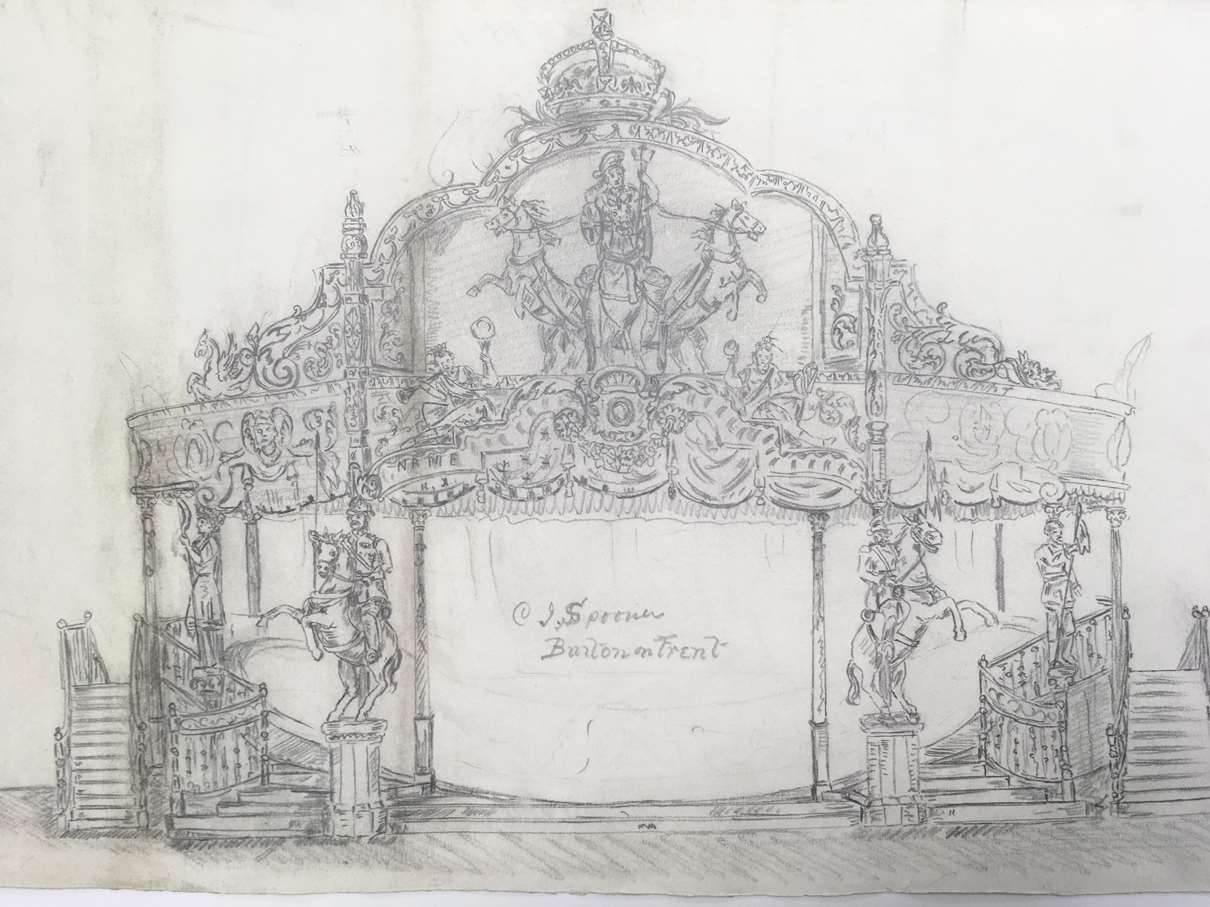Conserving a record of Harrogate’s link to the Russian royal family
A project supported by a grant from the National Manuscript Conservation Trust

Since it’s foundation thirty years ago the National Manuscripts Conservation Trust (NMCT) have helped to fund the conservation of many of the countries unique and historically important records and documents. We have been fortunate to be able to carry out just a few of the projects they have contributed towards. These include the oldest known, printed copy of the Periodic Table, housed at the University of St Andrews and a large archive of designs for early fairground rides by Orton & Spooner Ltd saved by the National Fairground & Circus Archive. Due to the expected budget constraints on institutions as a result of the Covid-19 lockdown, we hope that grants from the NMCT and other charitable trusts will provide an opportunity to continue to preserve such important collections. Continue reading…
From Fantastic Mr Fox to Fake Banknotes for a Gin Distillery…
Archival replicas of documents, deeds and manuscripts for museums

A facsimile (from Latin fac simile, “to make alike”) is a copy or reproduction of an old book, manuscript, map, art print, or other item of historical value that is as true to the original source as possible.
There are lots of reasons why a facsimile or replica can be desirable in a museum, archive or gallery display.
• The original object might be too light sensitive for prolonged exposure in an exhibition. This is especially true when an exhibition might continue for more than a few months or light levels cannot be guaranteed Continue reading…
Achieving Maximum Value from the Condition of Banksy Prints
by Richard Hawkes ACR

The market for limited edition and signed, original screenprints by the artist Banksy continues to see rapidly rising prices. The value of an individual print, however, is hugely dependent on the prints being in the best possible condition. This means an absence of even slightly dog-eared corners, small creases, old masking tape hinges and, most especially, board backings. Continue reading…
Conservation of the Orton & Spooner Collection for the National Fairground and Circus Archive
by Rosie Shepley, Paper Conservator

The Orton and Spooner Collection is part of the National Fairground and Circus Archive, housed at the University of Sheffield. Based in Burton upon Trent, the Orton and Spooner Company designed, produced and decorated elaborate rides, shows and wagons from the 1890s until the 1950s. The collection contains many items relating to the company including designs, working drawings and blueprints which provides a fascinating example and insight into the creation of popular entertainment during this era.
Funding received by the Archive from the National Manuscripts Conservation Trust (NMCT) has allowed for the vital conservation of the collection. Continue reading…
Opportunities to fund the preservation and conservation of paper-based art and archives

Do you have a conservation project in mind for an individual or group of artworks, a manuscript or archive from your collection? Finding the funding to make this happen is likely to be a hurdle. However, there is currently a range of generous grants available to many UK museums, galleries, institutions and registered charities. There are also many opportunities now for crowd-funding through reaching people via dedicated websites. Continue reading…
Velcro, magnets and fishing line…

How would you usually expect to see art on paper displayed in a gallery? The answer, of course, is with a bevelled mount within a glazed picture frame. This is a tradition from the end of the nineteenth century which still holds strong today.
Many contemporary artists now seek to free their work from these constraints often with exciting new visual results. Continue reading…
Step by step conservation of an 18th century watercolour

The Restoration of an Early English Watercolour by Francis Nicholson of Old Malton Manor and Church, Yorkshire.
The late 18th and early 19th century is considered a golden age for watercolourists in Britain. One of the most noted of these artists was Francis Nicholson (1753-1844). He was a founder member and President of the Society of Painters in Watercolour (now the Royal Watercolour Society). Born in Pickering, Yorkshire many of his earlier watercolours draw on the Yorkshire landscape or depict the homes of local gentry.
Caring for limited edition aviation, military and other off-set lithographic prints

I often get enquiries from enthusiastic collectors of printed reproductions of paintings on aviation, military, motorsports and similar subjects. These are usually printed in limited, numbered runs of less than 500 and, as well as being signed by the artist, they can be taken to events and signed by veterans. So I thought I would mention some ways to protect these prints and some of the methods used to restore damage. Continue reading…
Caring for Prints
A blog for The Hepworth Wakefield's Print Fair March 5th and 6th 2016

Buying original prints offers a wonderful way to enjoy affordable works of art by favourite artists. The rich variety of tones and textures that can be achieved with printmaking techniques ranging from etchings and linocuts to silk screen prints and lithographs also provides plenty of interest for the keen collector. Moreover, the value of rarer, sought-after prints has been rising and can represent a canny investment.
It makes sense, therefore, to take into consideration some ways of caring for your prints. Continue reading…
New Plastazote, archival book supports available from Artworks Conservation

Fig. 1 A volume from The Gott Collection on a Plastazote® book support system
For many years I have been making book cradles and supports for museums, archives and libraries to display valuable books and vulnerable bindings. These are usually made-to-measure from acid-free mount board, preventing stress being placed on the spine of the book and providing adequate support for the cover boards. Pages can be secured with clear polyester strips or, for very thin papers, with a soft polyethylene strip. I am always interested to learn about, refine and develop new ways to present books and documents.




